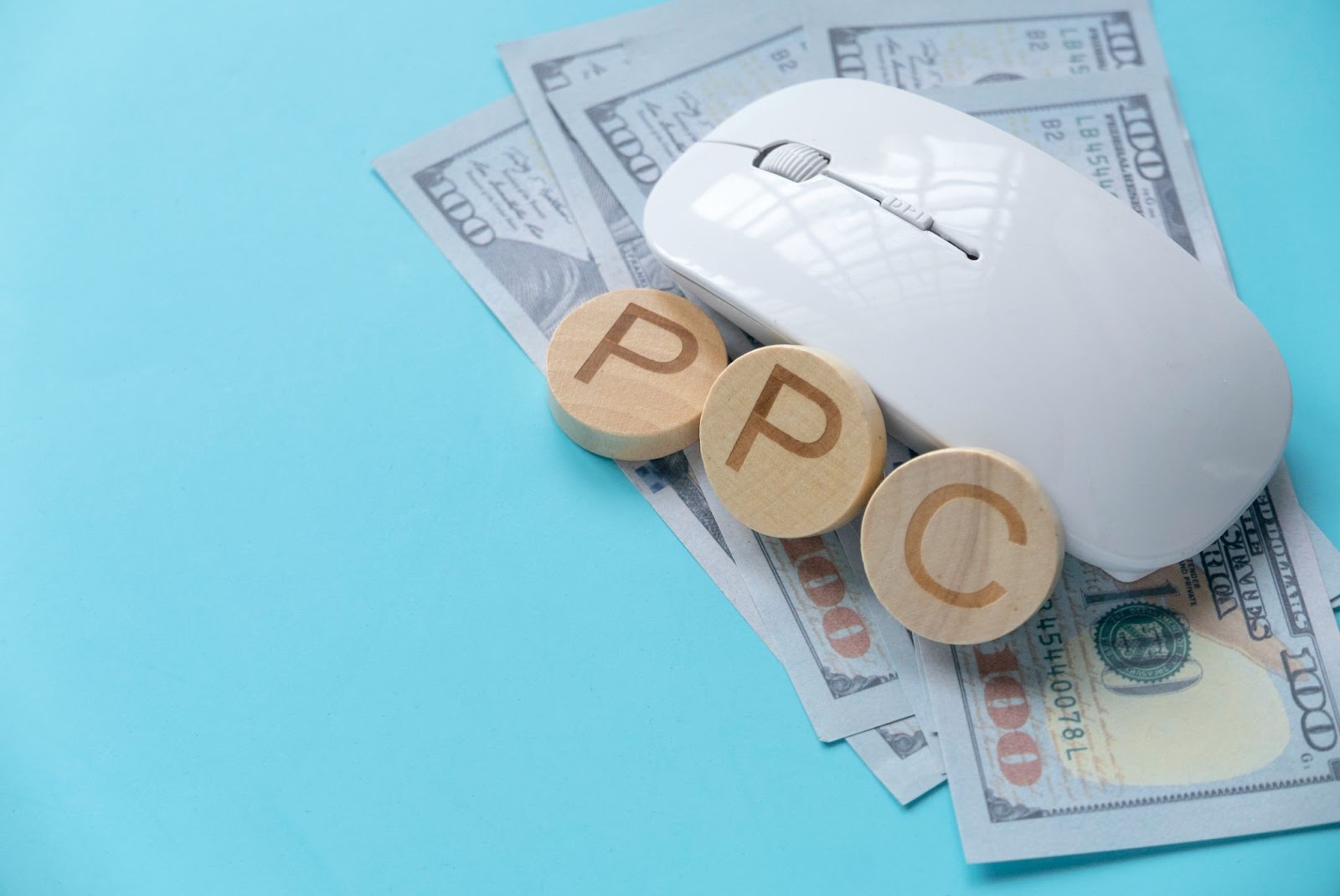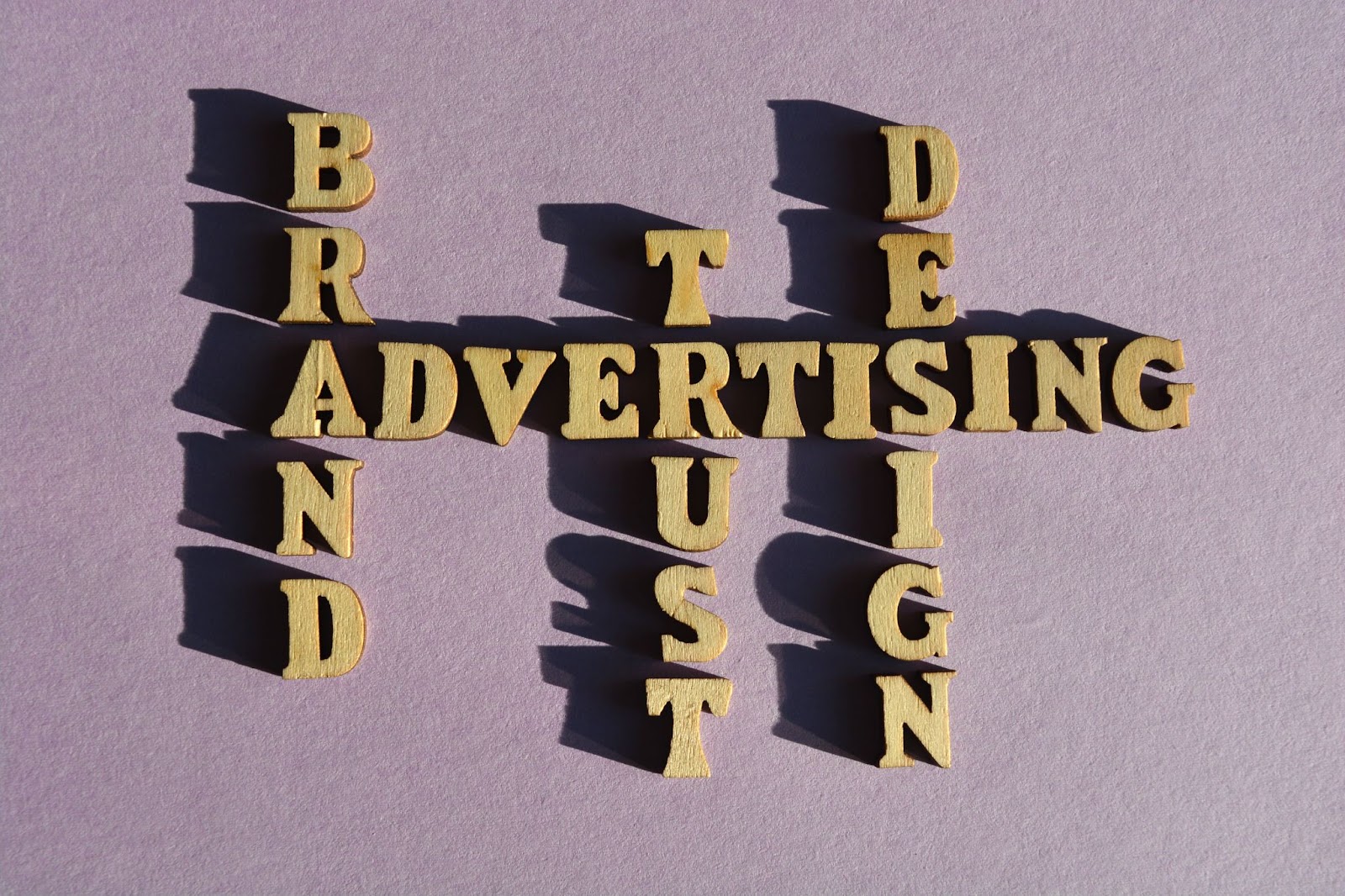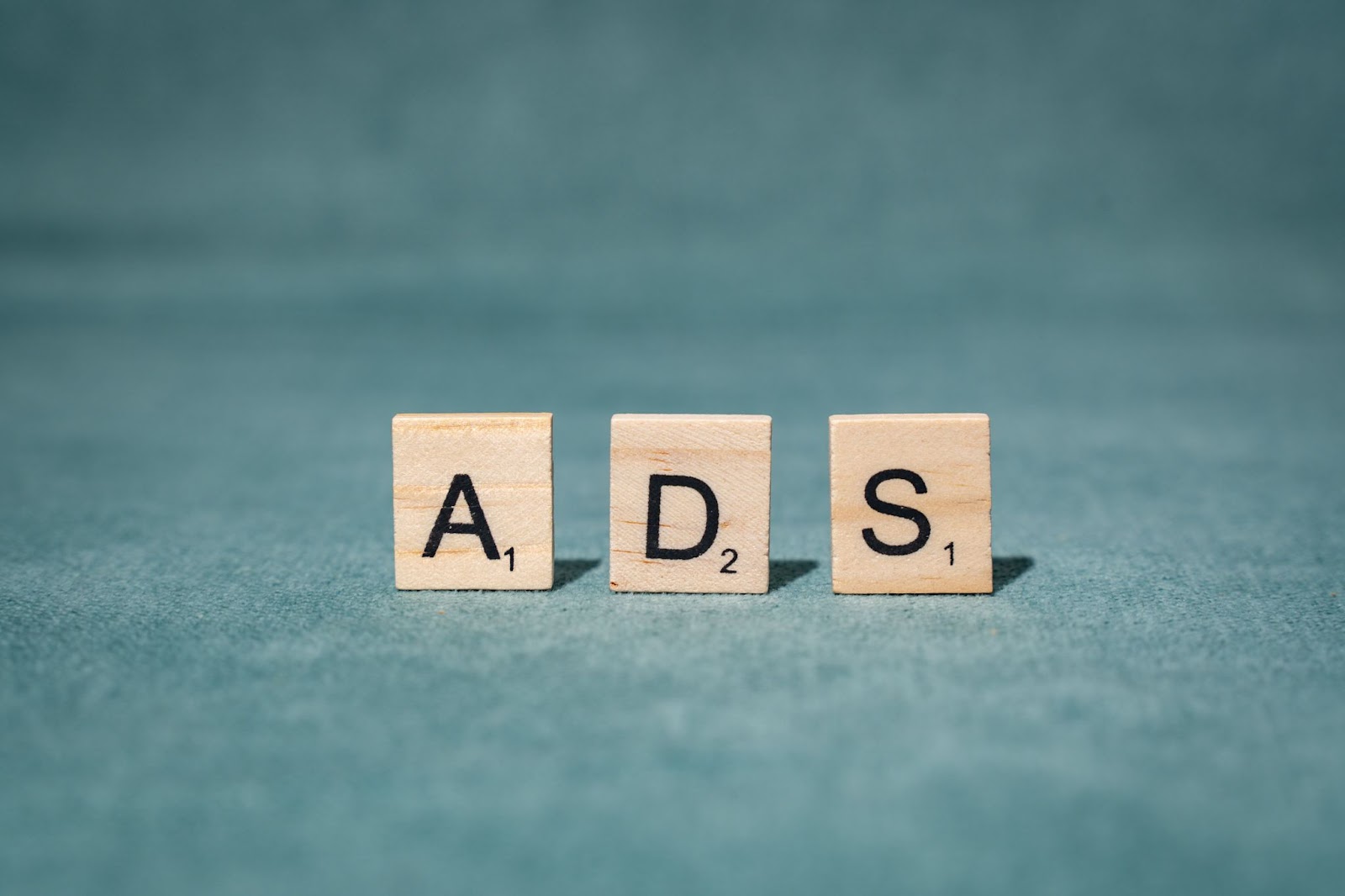In today’s digital world, businesses are increasingly leveraging online advertising to reach their target audience and grow their customer base. Among the many types of advertising available, paid ads stand out as one of the most effective ways to drive traffic, boost brand awareness, and generate leads. However, understanding what paid ads are and how they work can be confusing for many business owners. This blog will demystify the world of paid ads, explaining what they are, how they work, and how businesses can effectively use them to achieve their marketing goals.
What Are Paid Ads?
Paid ads, also known as paid advertising or pay-per-click (PPC) ads, are advertisements that businesses pay to have displayed to a specific audience. Unlike organic methods like search engine optimization (SEO), which aim to increase visibility over time, paid ads instantly boost visibility, traffic, and sales. Paid ads can be placed on various platforms, such as search engines (Google, Bing), social media networks (Facebook, Instagram, LinkedIn), and even third-party websites. The goal of paid advertising is to create targeted campaigns that are displayed to the right people at the right time, maximizing the return on investment (ROI).
Types of Paid Ads
Various types of paid ads serve different business needs. Understanding these types will help you choose the most effective ad format for your goals.
1. Search Ads (Pay-Per-Click or PPC)
One of the most common forms of paid ads, search ads, are text-based ads that appear on search engines like Google and Bing. When users search for specific keywords related to your business, these ads are displayed at the top or bottom of search engine results pages (SERPs). The key feature of search ads is that advertisers only pay when someone clicks on their ad, making them a cost-effective way to generate targeted traffic. The cost per click (CPC) can vary depending on the competition for the selected keywords.
How Search Ads (Pay-Per-Click or PPC) Work
When a user types a search query into Google, Google’s auction system determines which ads will appear based on the advertiser’s bid and the relevance of the ad to the search query. Advertisers bid on keywords and set their maximum CPC. The higher your bid and ad quality score (based on factors like ad relevance and landing page quality), the better your chances of appearing at the top of the search results.
2. Display Ads
Display ads are graphical ads that appear on websites across the internet. They can be banners, sidebars, or pop-ups and are typically shown to users who have previously visited a website or shown interest in a particular topic. Display ads are commonly used for brand awareness campaigns, as they allow businesses to reach a broad audience. While they may not always generate immediate clicks or sales, they can be effective for keeping your brand top-of-mind.
How Display Ads Work
Display ads are often run through Google’s Display Network, which partners with websites to display ads. Advertisers can target users based on factors like their browsing history, demographics, and interests. Display ads usually aim to drive brand awareness, retarget website visitors, or encourage them to return and complete a purchase.
3. Social Media Ads
Social media ads are paid advertisements on social platforms like Facebook, Instagram, Twitter, and LinkedIn. These ads can be highly targeted based on user behavior, location, age, interests, and even job titles, making them a powerful tool for reaching specific audience segments. Social media ads come in various formats, including images, videos, carousels, and stories. Advertisers can promote their business through sponsored posts or advertisements appearing in users’ feeds, stories, or even social media platforms’ sidebars.
How Social Media Ads Work
Advertisers create ads using the platform’s ad manager tools on platforms like Facebook, Instagram, and LinkedIn. They choose their target audience based on detailed demographic and behavioral data. Businesses also set a budget, which can be daily or lifetime, and the platform optimizes the ad delivery to achieve the best results.
4. Video Ads
Video ads are paid ads that play a video to users on platforms like YouTube, Facebook, or Instagram. They can be very effective in capturing attention and conveying a message quickly. These ads often appear before, during, or after video content and can last from a few seconds to several minutes.
How Video Ads Work
Video ads can be created and placed through platforms like YouTube (via Google Ads) or social media sites. The number of views or clicks often determines the cost of video ads. Advertisers can target users based on interests, demographics, and even previous video views.
5. Native Ads
Native ads blend seamlessly into the content of the website or platform where they appear. Unlike display ads that are clearly marked as ads, native ads match the style and format of the surrounding content, making them less intrusive and more likely to engage the user. These ads are often seen in content-driven sites or apps. They can include articles, videos, or sponsored posts related to the content the user is already engaging with.
How Native Ads Work
Native ads are commonly found on websites like BuzzFeed, The New York Times, and other content-driven platforms. They look and feel like part of the regular content but are clearly marked as sponsored. Advertisers can set up native ads through platforms like Taboola or Outbrain, which place them on publishers’ websites based on user interest and behavior.

How Do Paid Ads Work?
Paid ads target specific audiences through various digital platforms, allowing businesses to display relevant advertisements in front of potential customers who are most likely to be interested in their products or services. Here’s how paid ads typically function:
1. Setting Up a Campaign
To run a paid ad campaign, you first need to choose a platform (such as Google Ads, Facebook Ads, or LinkedIn Ads) and set up an advertising account. Once the account is created, businesses create campaigns based on their goals, such as driving traffic to their website, increasing brand awareness, or generating leads.
2. Targeting Your Audience
One of the key benefits of paid ads is the ability to target a specific audience. Advertisers can define their target audience based on factors like:
Demographics
Demographics include age, gender, income, education, and more.
Location
Target users in specific cities, regions, or countries.
Interests
People who have shown interest in similar products or topics.
Behavior
Target users based on their online behavior, such as recent searches or website visits.
With paid ads, businesses can reach an audience that is more likely to convert, improving the chances of getting high-quality leads.
3. Budgeting and Bidding
Paid ads operate on a budget system, where advertisers set the maximum amount they are willing to spend over a specific time period. Depending on the type of ad, advertisers may use different bidding strategies:
Cost-Per-Click (CPC)
The advertiser pays each time someone clicks on the ad.
Cost-Per-Thousand Impressions (CPM)
The advertiser pays per 1,000 views of the ad, regardless of clicks.
Cost-Per-Acquisition (CPA)
The advertiser pays when a specific action, such as a purchase or sign-up, is completed.
4. Ad Placement
Once the campaign is set up, the platform determines where and when the ad will appear based on the targeting criteria and budget. Platforms like Google and Facebook use auction-based systems to determine which ads are shown to which users. Advertisers bid for ad placements, and the highest bidder with the best ad quality score generally wins.
5. Monitoring and Optimization
After launching an ad campaign, it’s essential to monitor its performance and make adjustments as needed. Most ad platforms provide detailed analytics and insights, such as click-through rates (CTR), conversion rates, and return on ad spend (ROAS). Businesses can optimize their campaigns by analyzing this data and adjusting targeting, bids, and ad creatives to maximize results.
Why Should Your Business Use Paid Ads?
There are many reasons why businesses should consider using paid ads as part of their marketing strategy. Here are a few of the key benefits:
1. Instant Results
Unlike SEO, which takes time to show results, paid ads provide instant visibility. Once your ad campaign is live, your business can attract traffic immediately. This immediacy makes paid ads an excellent choice for businesses looking to generate quick results.
2. Highly Targeted Audience
Paid ads allow you to target a specific group based on demographics, interests, behavior, and location. This level of precision ensures that your ads are shown to people who are most likely to be interested in your product or service, which can lead to higher conversion rates.
3. Scalability
Paid ads can easily be scaled to fit your business’s size and needs. Whether you’re running a small campaign with a limited budget or a large-scale campaign with a hefty budget, paid ads offer flexibility in terms of reach and budget.
4. Measurable ROI
Paid ads are highly measurable. Analytics tools help businesses track the performance of their campaigns and measure ROI (return on investment). This tracking allows businesses to refine their ad strategies and ensure they get the most value.

Drive Your Business’s Growth With Paid Ads
Paid ads are a powerful tool in the digital marketing landscape, offering businesses a way to instantly reach their target audience, drive traffic, and boost sales. By understanding the different types of paid ads, how they work, and the benefits they offer, businesses can create effective ad campaigns that align with their marketing goals and deliver a solid return on investment. Whether you’re new to online advertising or looking to enhance your current strategy, investing in paid ads can be a game-changer for your business. As the digital landscape continues to evolve, paid ads remain a cornerstone of successful marketing strategies for businesses of all sizes.
Want to learn more about how paid ads can drive your business growth? Visit our BrandRep blog for expert tips and strategies to enhance your digital marketing efforts!










